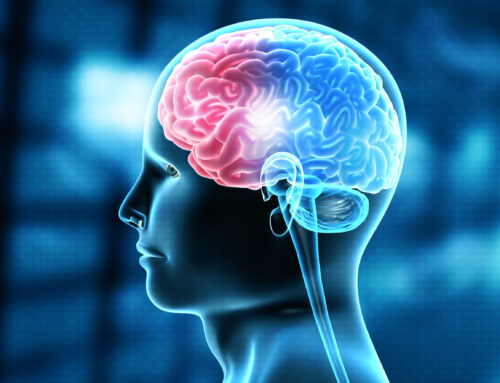Jaw Pain – What To Do When It Strikes
Jaw pain, also known as TMJD (Temporomandibular Dysfunction) is quite common. It can present as pain in the jaw while chewing, clicking or cracking of the jaw with chewing and yawning, or as constant pain, especially at night, while clenching the jaw. In fact, clenching is the number one cause of TMJD. Injuries to the face as well as neck dysfunction (tight muscles and stiff joints) can also lead to TMJD. Whatever the reason, the good news is there are solutions. One of the best techniques for TMJD is Functional Range Release. This is a muscle release technique that some chiropractors use in their offices. We will discuss this further in the article, but first let’s talk about things you can try at home to help with TMJD.
Stretch Your Neck and Jaw
The jaw and the muscles that control its actions are unique because they must operate in sync with one another for your jaw to open and close properly. This can easily become problematic and one of the first areas that needs to be addressed. Simple jaw exercises and stretches can go a long way to help ease the build up of tension in the jaw and this will help ease the pain associated with TMJD.
The following video, demonstrates some of the best exercises you can try at home for TMJD.
Wear a Mouth Guard
If you find that you are clenching your jaw at night, it might be time to consider wearing a mouth guard. Clenching is the number one cause of TMJD and if not addressed, can lead to chronic TMJ problems and even dental issues. Speak to your dentist if you think you might be clenching at night and have a mouth guard properly fitted.
Apply Heat
In addition to stretching and exercising your TMJ, using heat application can also help ease pain and loosen tight muscles. Apply heat to the side of your face and jaw for 10-15 minutes at a time. This can be done to both sides or just the affected side. Alternatively, if you are experiencing a sharp, more acute type of pain, then follow the above instructions but use ice instead of heat. Ice helps calm down inflammation and can help ease pain.
See a Chiropractor
A Chiropractor, especially one trained in Functional Range Release like Dr. Spenser, can provide safe and effective treatment for your TMJD. A Chiropractor will always begin by carefully examining the affected area and will also look at your cervical spine or neck to see if that is contributing to your TMJD. The best treatment approach will be chosen based on the outcome of the exam and discussed with you before proceeding.
If you feel you may benefit from seeing a Chiropractor but still have questions, you can always reach out to our office and book a free 15-minute consultation. During this time our doctor will discuss the best options for you and answer and questions you might have.













 Sharon Walker, MSW, RSW
Sharon Walker, MSW, RSW Jordon Iorio Hons. BA, RSW
Jordon Iorio Hons. BA, RSW Christine Bibby, B.S.W., M.S.W., R.S.W.
Christine Bibby, B.S.W., M.S.W., R.S.W. Brianna Kerr, RSW
Brianna Kerr, RSW Danielle Vanderpost, RSW
Danielle Vanderpost, RSW Daniela Switzer, MA, C.PSYCH
Daniela Switzer, MA, C.PSYCH Tammy Adams
Tammy Adams Jade Bates, RMT
Jade Bates, RMT Caitlin Schneider
Caitlin Schneider Dr. Crysana Copland
Dr. Crysana Copland
 Amy Dougley
Amy Dougley Emily Green
Emily Green Bill Dungey, RSW
Bill Dungey, RSW



 Jessica Moore, RSW
Jessica Moore, RSW Abigail Wragge, RSW
Abigail Wragge, RSW